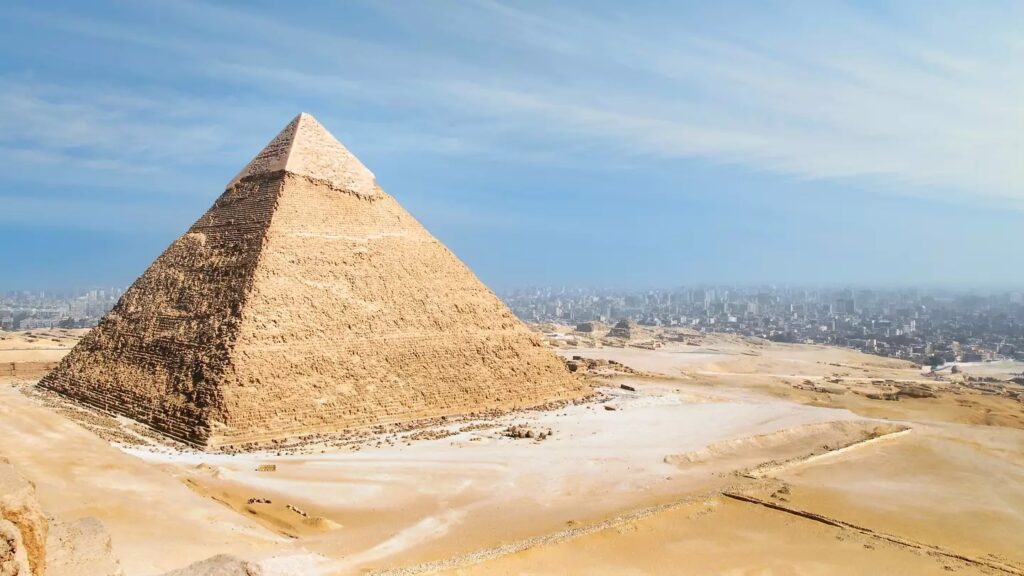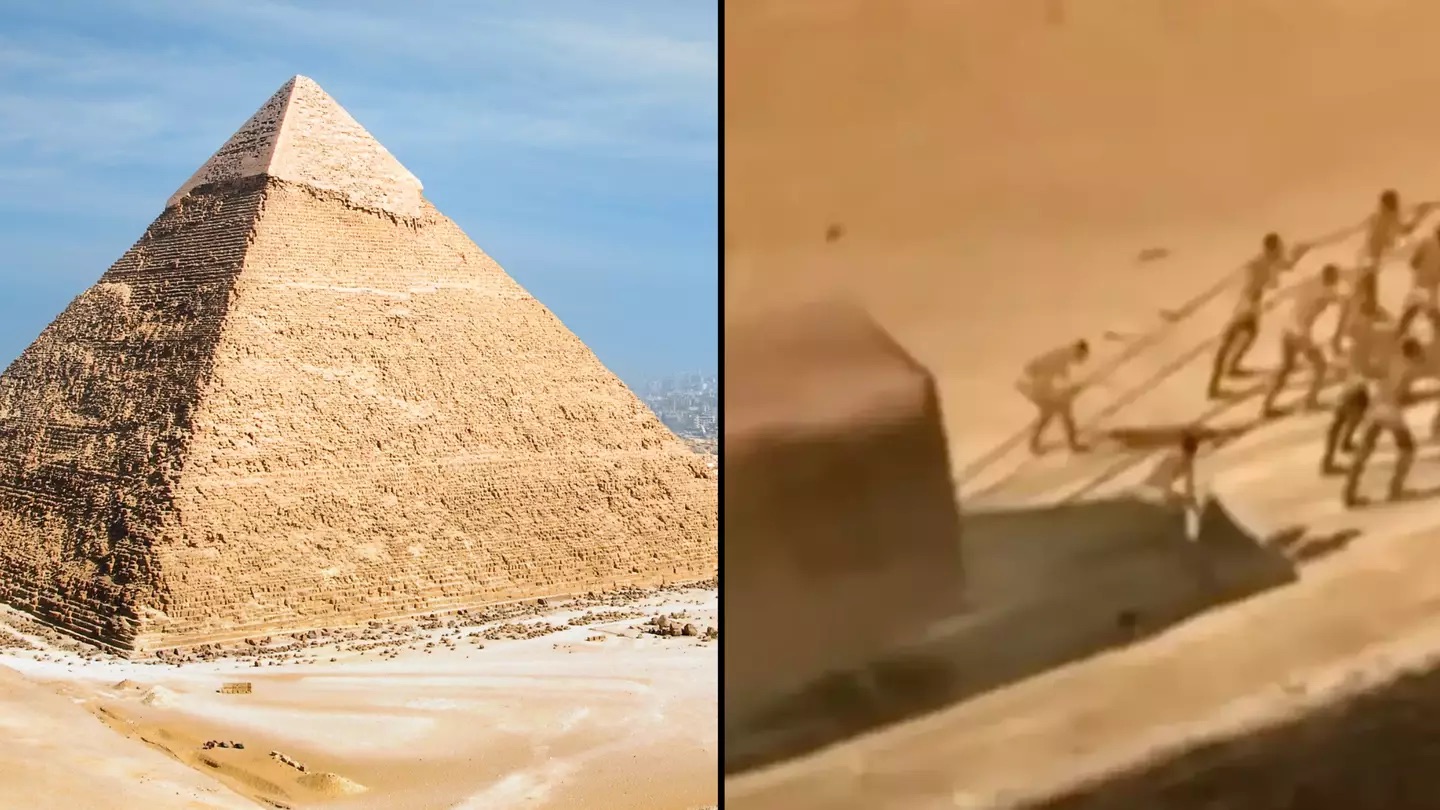Seriously, how is it that construction workers are still struggling to fill the potholes on my road, when the ancient Egyptians built around 100 pyramids 4,500 years ago? While the mysteries of the pyramids continue to fascinate (unlike the potholes), we now have fresh insights into how they were constructed.
A team of archaeologists believes they’ve uncovered how these massive stone slabs were transported across the desert. It’s astonishing, especially when you consider that the Great Pyramid alone consists of over 2.3 million blocks of limestone and granite, each weighing roughly two tons. The latest theory suggests that the Egyptians used a now-lost branch of the Nile River to ferry these enormous stones to the construction sites.
Researchers tested this idea by analyzing five fossilized soil samples from the Giza floodplain. A French lab examined the samples for traces of pollen and vegetation typically found near the Nile, which would indicate an ancient waterway’s presence.

The work wasn’t easy—archaeologists had to dig 9 meters (30 feet) deep to unearth thousands of years of Egyptian history. Remarkably, they confirmed the existence of the Khufu Branch of the Nile, a river that once carried these heavy stones to their final destination before it dried up around 600 BC. In the process, the team also identified 61 plant species that lived in the region at the time.
Environmental geographer Hader Sheisha explained that constructing the pyramids would have been “impossible” without this river branch. The discovery was largely inspired by a fragment of papyrus found in the Red Sea, in which an official named ‘Merer’ described transporting limestone up the Nile to Giza.

Sheisha shared her excitement with The New York Times, saying, “I was so interested because this confirms that the pyramid’s building materials were transported by water.” While the ancient waterway is long gone, the study’s authors believe this discovery could unlock more secrets about how the stones were eventually lifted into place.
“Understanding the environment is key to solving part of the enigma of the pyramids’ construction,” she told The New York Times. Hopefully, it won’t be long before this ancient mystery is fully unraveled.
